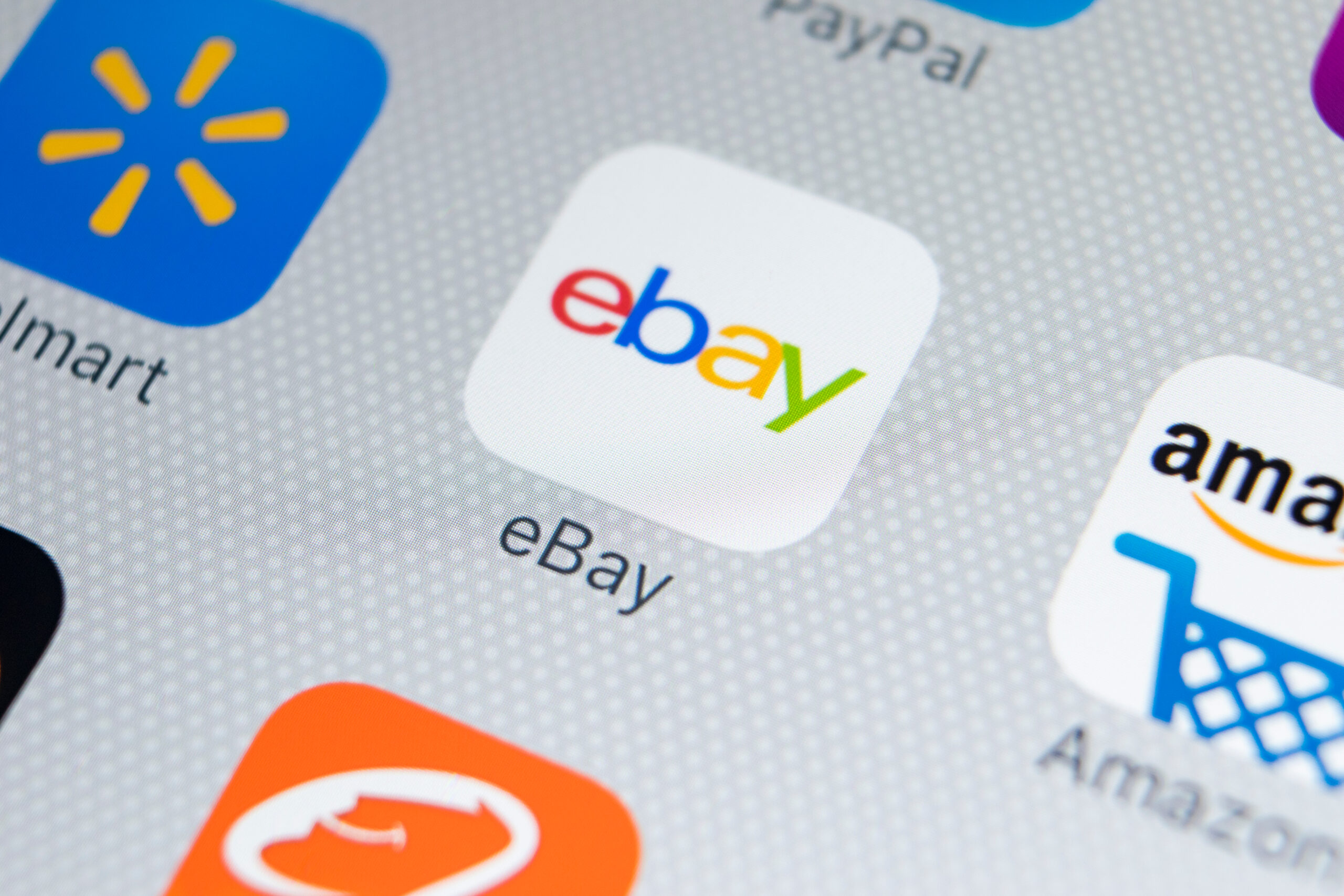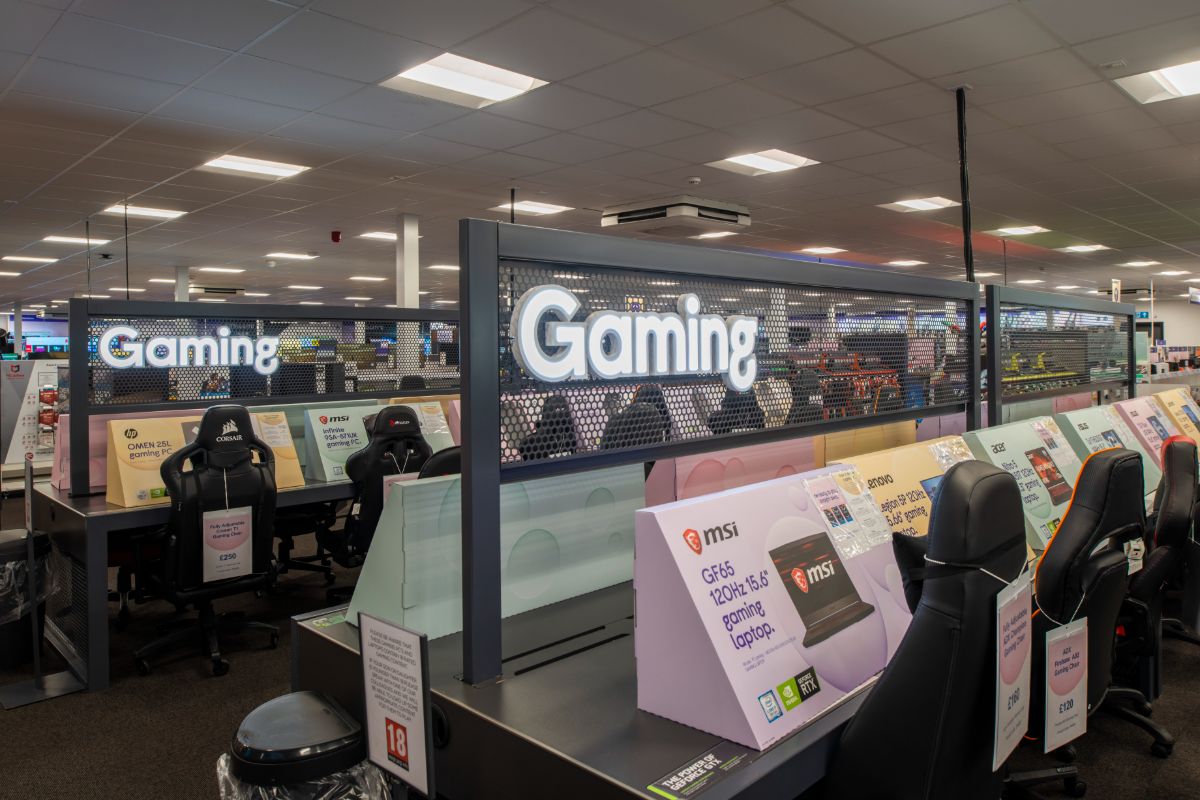From convergence to innovation, analytics and transformation at scale, the InternetRetailing Conference brought together speakers from ‘traditional’ retail companies, travel, brands and publishing to debate the future of retailing.
Transformation and innovation were the key themes for October’s InternetRetailing Conference with the Oculus Rift and Google Glass being the gadgets on display to show how shopping could develop in the future. Andy Harding, Executive Director, Multichannel at House of Fraser referred to the Oculus Rift as “game changing” and urged delegates to go and try it out.
Exploring the refoundationing theme of the conference, he explained how House of Fraser had rebuilt its online business by putting responsive, mobile design first. This had not only benefitted mobile customers but those using the website, since the design was now clearer. The financial payoff, he said, was also clear: where customers who only used the store spent an index value of 2.5, those who only used the website spent an index value of 1.5, but those who used store and website spent an index value of 6, and those who added mobile to store and website spent an index value of 8.
“The voice of the customer is telling us that home delivery is not convenient… Collection is also not convenient for everyone.”
Delivery “is a key battleground, we believe, and next year we’ll be launching even more options,” said Harding.
Looking to an “unpredictable” future, he said that change would come in the areas of payments, with the launch of Apple Pay and Apple’s NFC enabled phones. RFID tagging would also become “commonplace” in coming years and another change will come from the Internet of Things. “I think everyone should be making investment into insight and data management,” said Harding, who also cited wearable technology as an emerging influence.
Fellow keynote speaker, Mark Lewis, Director of Online at John Lewis , also looked to the future while highlighting how the retailer is transforming in line with its omnichannel plans. “The way we shop is set to change more in the next five years than anything we’ve seen so far,” he said.
Looking ahead, he said delivery, data and changing customer behaviour would drive change in the business.
RELEVANT, FAST & SIMPLE
Speed has also been a key part of Zalando’s growth success as Jérôme Cochet, Senior Vice President Sales at Zalando explained how the German retailer has moved into 15 markets since its launch in 2006. Some of those markets were obvious choices for the company but one thing that has been key to its international success is “localisation”.
“You can only build a great brand if you’re relevant and if you communicate correctly. The communication needs to be tailored to local consumers’ taste. If you want to be fast you need to capture demand locally. Online for us is like a high street with a lot of traffic but you need to capture this traffic,” said Cochet.
Answers, he explained, came through setting up buying and marketing teams centrally but boosting them through local buying offices and local language marketing specialists.
Talking about the transformation that Marks & Spencer has undergone, David Walmsley, Director of M&S.com told delegates how technology is the easy bit. “It’s getting the right people that’s the challenge.”
Multichannel is now in the company’s dna, said Walmsley as he explained how the business is fit for the future. It’s one in which he sees the in-house coders as being the powerbase of what the company does going forward. “Retail is about analytics and code,” he said.
He believes that retailers should all have digital labs: “If you’re a retailer, why wouldn’t you?” he said.
He did say though that when it comes to mixing content and commerce M&S doesn’t have it right and that it is still working on optimising the journey.
David Walmsley wasn’t the only speaker to talk about mixing content and commerce. Publisher Condé Nast International will next year start to use ecommerce to sell goods to readers of its magazines. The publisher’s titles, which include Vogue, GQ, Wired and The New Yorker, are sold in more than 30 countries, with digital editions that attract almost 250 million users a month.
“What publishing companies have tried to do for the past three to four years is to find a way of bridging the gap between content and commerce,” Franck Zayan, President of E-Commerce at Condé Nast International told delegates.
“If you open any of those magazines, for page after page it basically talks about products. It does it in a very specific way – you don’t see a catalogue of products when you read Vogue but you do see the entertainment pertaining to the product and the purchase. Basically you see the magic behind the product.
“What Condé Nast has decided recently is to really make that connection with product by building a commerce division.” He added: “The reason why content and commerce are coming closer together is because creating a relationship with customers just on a catalogue of products does not make sense anymore.”
TRANSFORMING TRAVEL
Digital is transforming all industries and commerce is pushing boundaries not only in ‘traditional’ retail companies but also across service industries and travel.
P&O Ferries launched its first cross-channel website in the week following the conference. Its Chief Information Officer Chris Cook explained to delegates how the ferry company has replaced a seven-year-old website supported by 30-year-old legacy systems, that handle pricing, inventory and port information. The new site initially went live in Germany before later launching in the UK.
Cook told IRC 2014: “We learned from retail best practice, although we’re a travel company. We looked at what retailers were doing, and learned from their strategic best practice to build a seamless cross-channel customer experience.”
Thomas Cook meanwhile is looking at how people behave across the internet and the implications of how they interact with digital devices. Google Glass in the form of sunglasses, for example, will allow holidaymakers to find out about a person, their tweets and Facebook profile before talking to them.
Everything is becoming more social and while tablets have been a serious disruptor for Thomas Cook, “the biggest disruptor of all is mum,” said John Straw, Chairman of Thomas Cook’s Digital Advisory Board.
With their smart devices, everyone in the family can play a part in choosing if a holiday is right for the family: is this holiday what it says it is; is it right for me; is it offering good value for money?
When booking holidays people are wanting to trust the information they receive about a resort or a hotel so technology, such as the Oculus Rift will for the first time, allow you to see what you will get before you get there, explained Straw. “The Oculus Rift is the most disruptive innovation in retail travel,” he said. Games, such as Call of Duty are compelling and the Oculus Rift offers a fully immersive experience. “It wouldn’t surprise me if Facebook [which paid £2bn for the technology] subsidises it to get into every home.”
Many of the presentations from IRC 2014 are now available to view online at http://etail.li/IRC14videos.
#IRC14
Thank you to all the speakers, visitors and exhibitors who shared their knowledge and expertise, bringing the conference to life with a global reach.
Our reach on the day was 60-90k
#IRC14 was mentioned at least 1,627 times
Let us know your highlights and favourite memories using #IRC14. Who would you like to hear speak in 2015?





